Studying the Dunrobin tornado experience
LONDON – A sociocultural anthropologist interviewing West Carleton residents affected by the 2018 tornado, hopes to turn data in to a better response from event, to aftermath down the long road to recovery.
York University anthropologist Dr. Jennifer Spinney is interviewing Dunrobin and Kinburn residents to get an idea on the challenges of directly experiencing a tornado and experiencing the journey to recovery.
Spinney is an assistant professor in Disaster and Emergency Management at York University working with a team on the Northern Tornadoes Project (NTP). The NTP is conducting research by analyzing tornadoes across Canada led by Dr. Greg Kopp an engineer at Western University.
West Carleton Online spoke to Spinney Thursday, Aug. 27 via Zoom video conference.
“We have some ambitious goals,” Spinney said from London, ON.
Spinney says the project morphed out of a study of a tornado in Angus, ON in 2014.
“I first worked with Dr. Kopp when I joined he and his team on a trip to Angus where they conducted a damage survey/assessment following the EF2 tornado on June 17, 2014,” Spinney said. “While they were looking at roofs and nails and wood and all the pieces that connect components of a house, I was talking with Angus residents about tornado risk perception, warning and response.”
That research changed the way buildings were built.
“The assessment of the tornado was used to make changes to the Canadian building codes,” Spinney said. “Their focus was on structural assessments. Damage and recovery is more than just structural failures. It’s not just about re-building the four walls and putting the roof back on.”
The purpose of the NTP’s efforts is to help people mitigate tornado risk, reduce the negative effects of tornado threats and disasters.
“Practically speaking, NTP is working towards an outcome where people better understand and know how to protect their homes, communities, and stay safe when tornado threat arises,” Spinney said.
Spinney and Kopp were discussing potential additions to their work.
“I proposed the idea of looking more closely at the Dunrobin tornado,” Spinney said. “It’s not just a structural issue but a social issue s well. Structural enhancements and technological solutions alone cannot explain the social damage caused by tornadoes and all of the nuances that are part of the recovery process. It is an interdisciplinary problem that requires both physical and social science to solve. Since the Angus tornado, Dr. Kopp and I have talked regularly about how to include a social science component in his tornado investigations.”
So, Spinney has spent the end of August speaking with West Carleton residents about their experience with the 2018 tornado.
“With funding from NTP, and with my training as a sociocultural anthropologist (www.spinneywx.com), my involvement is to carry out a project that supplements the NTP’s physical assessment of the Dunrobin tornado experience. My aim is to understand the social dimensions surrounding the Dunrobin tornado experience and the experience of recovery in the months and years since the disastrous event. My role is to highlight local narratives of experience and we felt residents affected by and recovering from the Dunrobin tornado would have meaningful stories to share.”
Spinney is asking questions such as how did residents make sense of the tornado and its associated risk? How did they prepare and respond? How did residents experience recovery of their social lives alongside the rebuilding of their homes? Who and what services or agencies enabled these recovery efforts? Alternatively, who and what services or agencies hindered these recovery efforts? Did you consider/implement tornado resilient materials in your home repair? What motivated these decisions and who would you expect to teach you about tornado resilient options?
Spinney is planning for more interviews scheduled for the last two weeks of September. She is inviting interested residents to contact her if they would like to share their experiences for her study. Spinney, who is based in London, is scheduling interviews by phone or Zoom online meetings. She has also provided some participants with questions via email.
“It’s intended to be a comfortable conversation, as much as that is possible, that will last about an hour,” Spinney said. “Identities of participants are kept confidential.”
Spinney says she will share results of her study with the community although right now it is unclear what that will look like.
“Possibly a town hall style of meeting,” she said. “Virtual, likely, if COVID-19 restrictions are still in place.”
She says the data will create opportunities moving forward.
“We can use that info so we can make positive change,” Spinney said. “It’s a huge opportunity for more outreach related to tornado safety. It could improve warnings, response and recovery. I’m mostly focused on that warning phase. I’m an anthropologist, so I need to hear it from other people. It’s a lot more nuanced. They’re lofty goals, we’ll have to see what data comes in.”
If you are interested in more information or in participating in an interview, you can reach Dr. Jennifer Spinney at jspinne2@uwo.ca or jspinney@yorku.ca. People can also text their interest to Spinney at 519-878-5986.

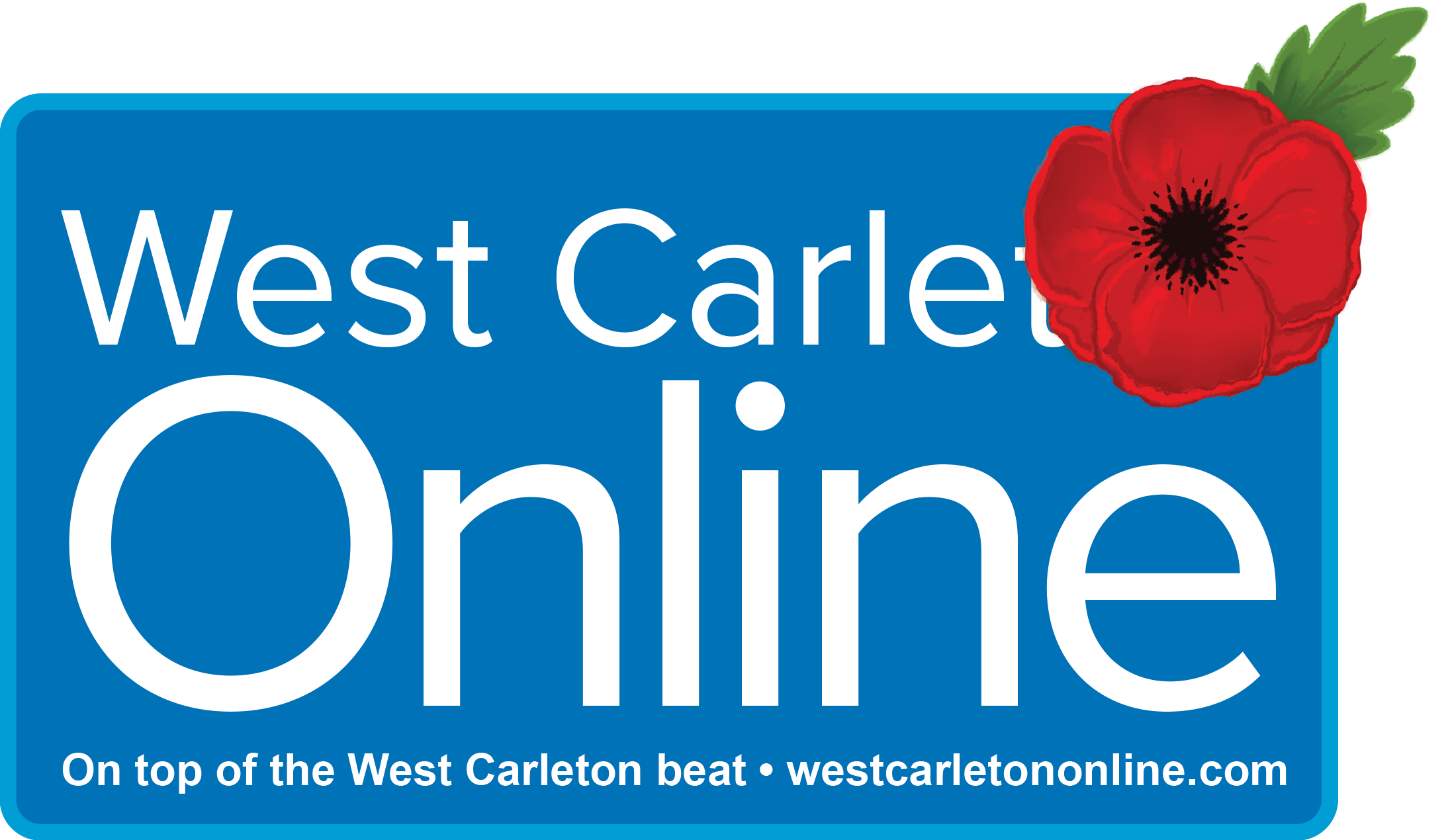

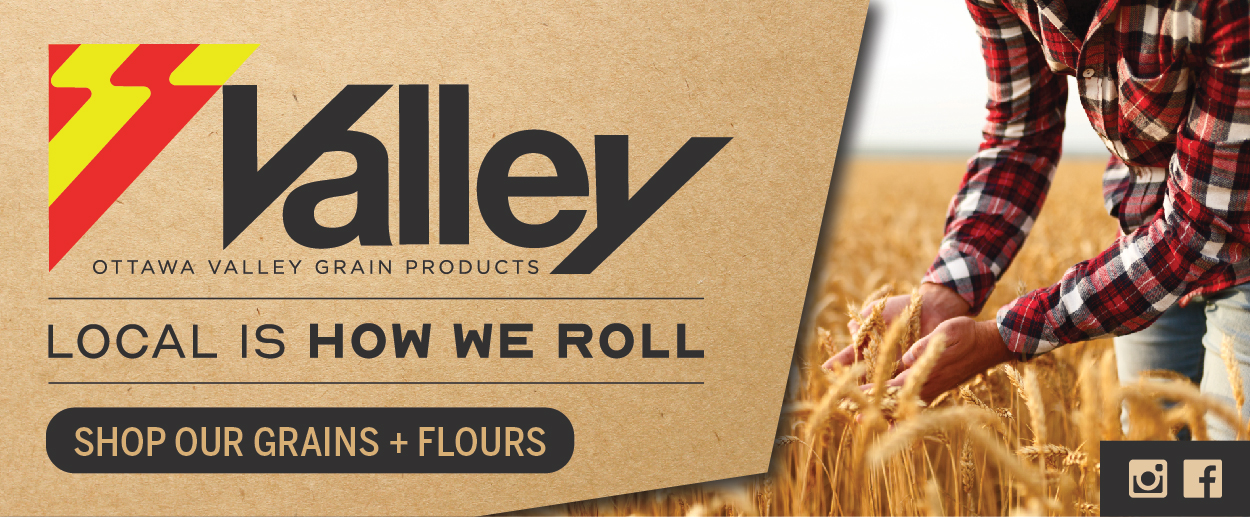


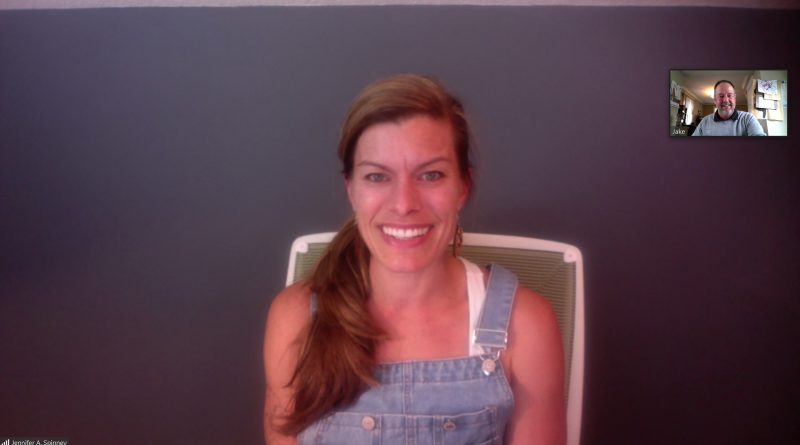

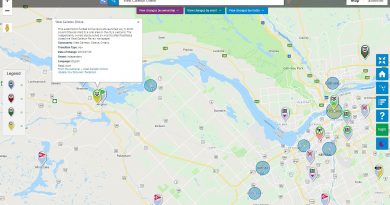


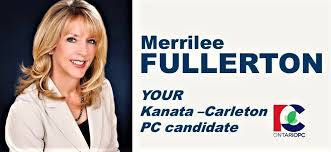
Pingback:Tornado scientists say June 16 weather to bring ‘likely tornado threat’ – West Carleton Online